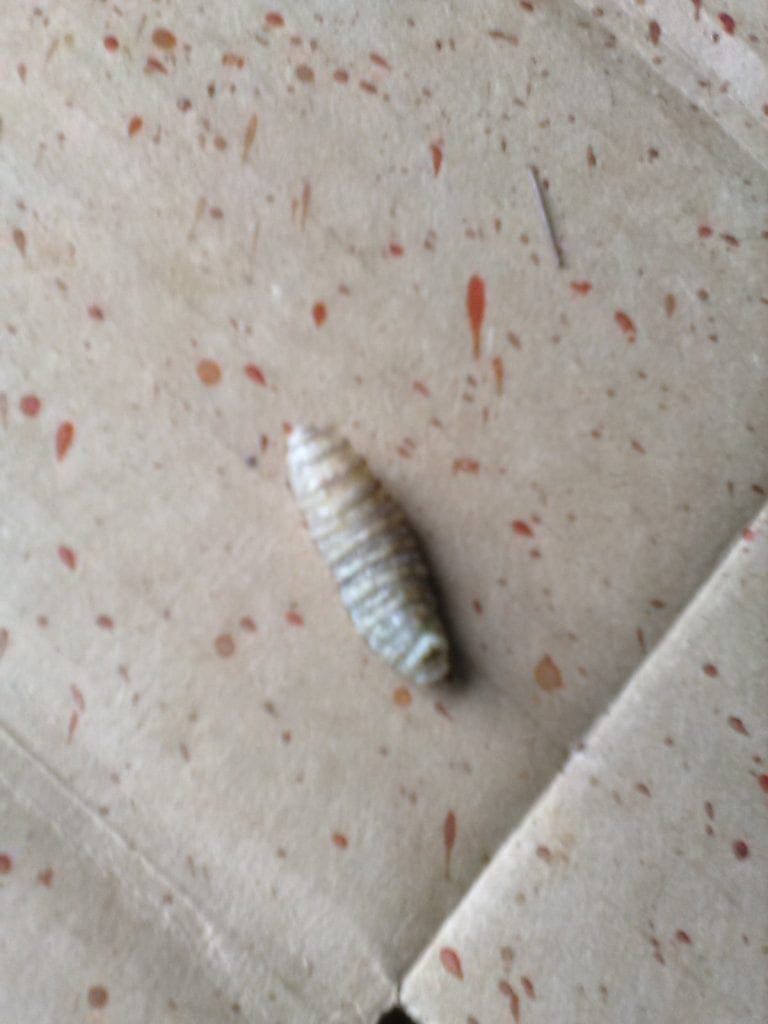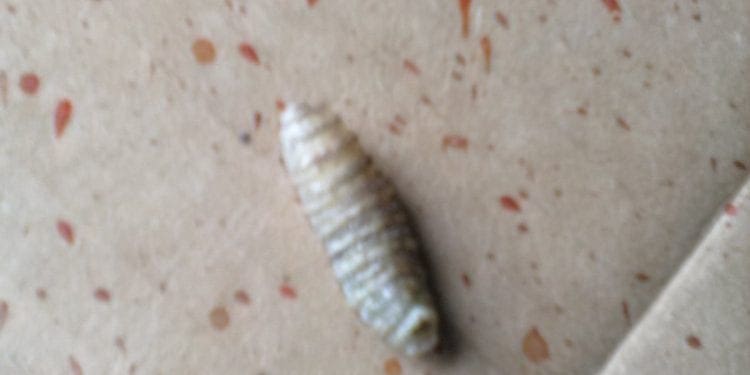We went to the container house in Craig for Christmas with Sara’s sister’s family. Lots and lots of wind and rain. This was Sara’s first time spent in her container house, and she immediately went to work organizing. She liked it a lot more than I think she thought she would, as do I. The more time I spend in it, the more I like it.
After several years of finishing the container after receiving it mostly constructed, we’ve got the place dialed in pretty well for living. There’s a bathroom with sink and shower and small hot water heater, a kitchen sink and cabinets, two futons to use as couches during the day and beds at night. Most of our cooking is done with an electric frying pan and toaster oven. I put in shelves along the front wall that are about 7 feet above the floor where we can store boxes or duffle bags with our clothing and spare bedding. We have a shed that my brother in law gave us where we keep a chest freezer and dorm-sized fridge. It’s warm and dry with hot showers. It’s simple. I have a cell signal booster so we have good cellular service now. We have good reception for XM radio to listen to ballgames when we’re not listening to KRBD from Ketchikan, which is one of my favorite public radio stations ever, alongside KDLG in Dillingham.
I’d replaced the old, bigger Toyo stove with a practically new smaller Toyo stove. Perfect size for the container. The only problem – I came to find out – was when the power goes out and comes back on, regardless of what temp the stove was set at, it resets to 70 degrees. This isn’t a problem when you’re in town, but it is if you’re not. I set the stove at 50 degrees when I left, and there must have been a power outage shortly after I left in November based on the number of gallons of fuel burned heating an empty building to 70 degrees for over a month. I figured all this out only after we got there and I experimented with unplugging the stove and plugging it back in. I hope an uninterruptible power supply battery will fix it. I also put a big thermometer in the window so my neighbor can see it and asked him to adjust the heater if he sees the thermometer too warm or worse yet, below freezing, although that’s a rarity here.
I also brought down a dehumidifier after not being able to dry things out much when Charlie and I were deer hunting in November. The place is warm and dry, but clothes didn’t dry very fast with the humidity contained in the small space. The dehumidifier really did the trick, as I could see how fast wet boot prints on the door mat evaporated when the unit was running versus when it was not.
My brother in law had not checked his shrimp pots in quite a spell due to the weather and the distance the pots were from town. When the weather broke for a day, he and Sara’s sister, my two nieces, and a cousin of the nieces recently graduated from UAS, all headed to check the pots at first light. It was the last week of December and the temperature was in the 40’s. Not much winter in this part of Alaska, at least at sea level. For some reason, varied thrush birds were all over the place along the coast.
The trip to the pots took about an hour and a half. We saw several humpback whales along the way, feeding in groups of up to six or seven whales. Groups of sea lions were at their regular spots along the way as well. At a couple narrow passes, water rushed so hard with the tide and current that marker buoys can be taken under water.
As we checked the pots, they had some shrimp, but not the usual bonanza they see at this spot. It looked like a combination of the bait being consumed in the pot and some of the shrimp escaping, as well as an abundance of shrimp-eating octopus, as we caught one in about every other pot. Everyone on the boat had lots of fishing and sea time under their belts, so there was always a hand to help the captain handle a pot or remove bait from jars or move gear around the deck.
Lots of hands made the shrimp cleaning easy. We pinched the tails off the shrimp in between pulling pots, and ended up with about 6 gallons of tails, along with the octopus, so it wasn’t a bust by any means. Gale winds were forecast for the afternoon, so we headed straight home. The crew shucked their rain gear and went inside the boat cabin. I left my rain gear on, pulled up a half barrel full of crab line, set it next to outside wall of the cabin for a back rest, and took a seat for the ride home. It was comfortable in the 2 to 3 foot chop.
As I looked at our wake behind the boat, I saw a humpback breach. Then it breached again. Then did a tail lob. As we put more miles between us, I could see it slapping the surface with it’s long pectoral fins. All these behaviors I’d seen when captaining the whale watch boats near Juneau, but they seemed especially wild now out here with only me watching. I could still see the whale pectoral slapping the water when I finally lost sight of it when we were some 5 (?) miles away. I settled in for the rest of the ride home, out of the spray and snug and warm in my layers of clothes and rain gear.
As we got closer to home, we were protected by islands and some of the water was almost flat calm, even though I could see the trees along the channels bending in the wind higher up. As we neared town, we lost much of our protection and had some more chop, but I knew we’d beat the blow and would be in port before it hit.
We entered the harbor just as the wind picked up. As I wrapped the stern line around a cleat at the dock, a big gust shook the harbor. Then the gusts became just wind and the blow was here just as we secured the boat. We gathered armfuls of rain gear, fishing gloves, and buckets of octopus and shrimp tails and fought the wind and rain for the short climb up the dock ramp to the parking lot .
Sara picked me up in our truck and I stripped off my rain gear and climbed in. The rest of the crew went home in their truck. Back at the container, I welcomed the rush of warmth as I entered the house and began putting my gear away. I hadn’t spent this much time with my nieces in many years and it was good to reconnect with them.


